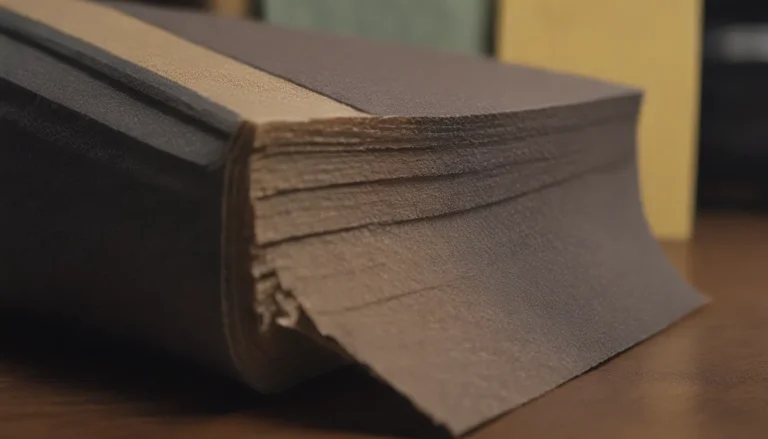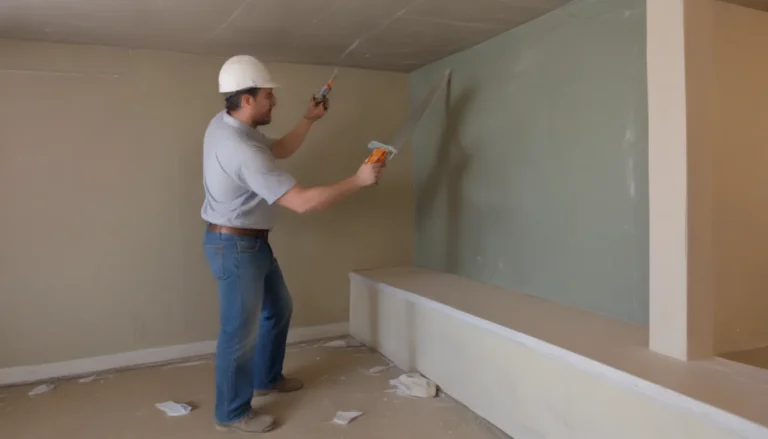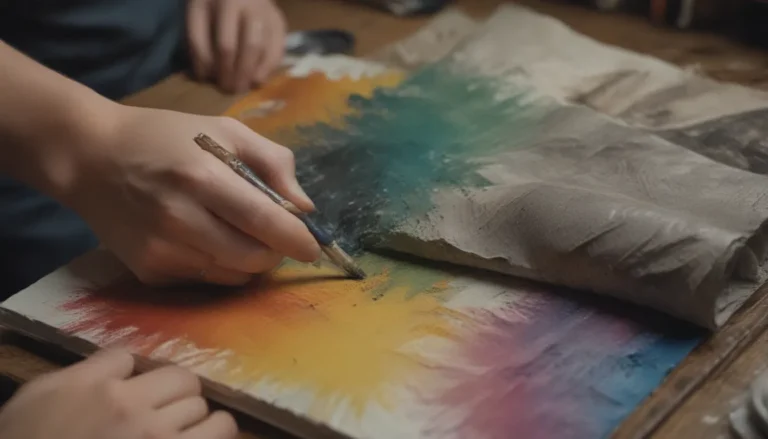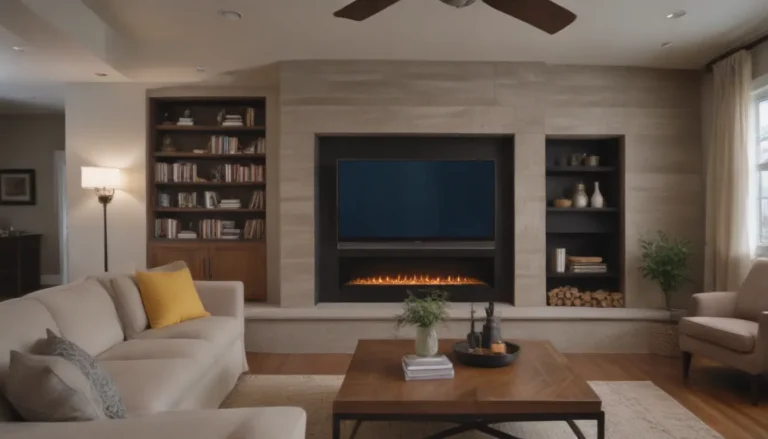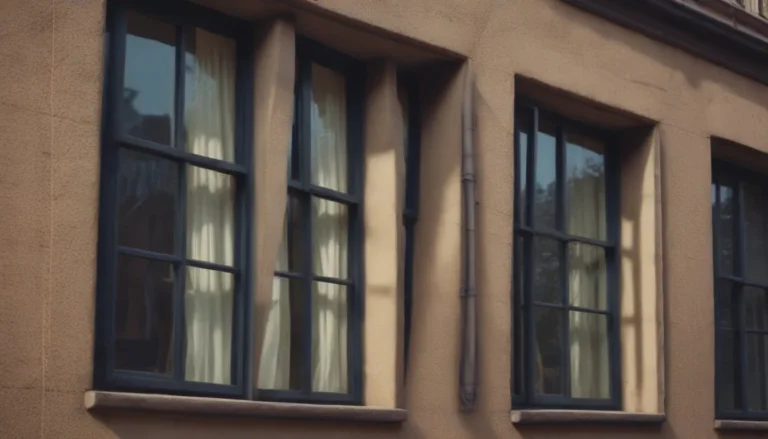The Ultimate Guide to Refinishing Hardwood Floors
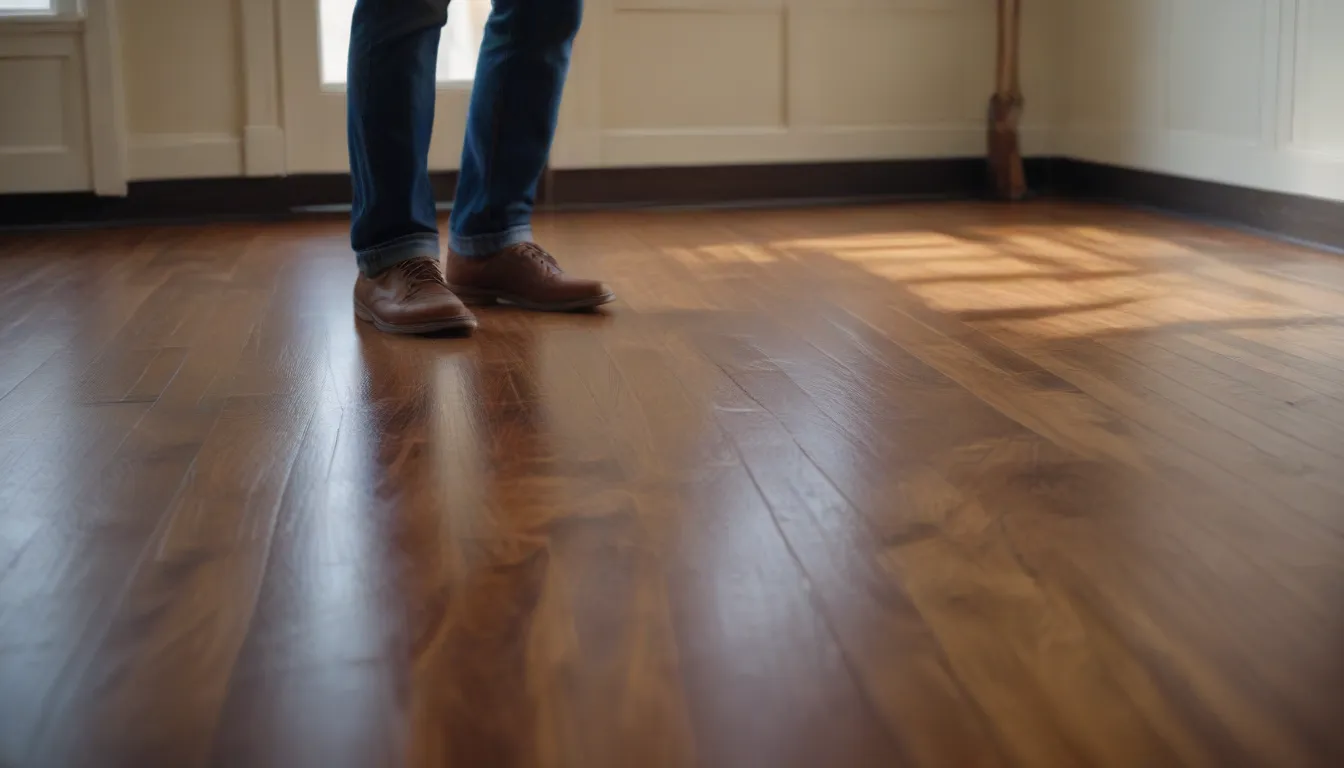
Are you looking to breathe new life into your tired hardwood floors? Refinishing your hardwood floors is a great way to revamp your space without breaking the bank. Whether you’re a seasoned DIYer or considering hiring a professional, there are several key factors to keep in mind before diving into the refinishing process. To help you make an informed decision, here are seven important things to know before refinishing your hardwood floors.
Assess the Condition of Your Floors
Before embarking on a refinishing project, take a close look at the current state of your hardwood floors. Are they looking worn out, dull, or scratched? If your floors are just suffering from surface dirt and grime, a deep cleaning may be all they need to shine once again. However, if your floors have deep scratches, gashes, or wide gaps, refinishing may be the best option to restore them to their former glory.
Is Deep Cleaning the Solution?
If your floors are looking dull due to built-up dirt and grime, a deep cleaning might be all they need to regain their shine. Here’s a simple three-step process to deep clean your hardwood floors:
- Sweep or vacuum the floor to remove loose dirt and debris.
- Use a microfiber cloth and a concentrated cleaner designed for hardwood floors to scrub away stubborn dirt.
- Mop the floor using a hardwood floor cleaner like Method Squirt and Mop or Bona Hardwood Floor Cleaner.
Remember, avoid using steam, excessive water, or cleaners that produce bubbles or suds on hardwood floors, as they can damage the wood. For high-traffic areas, consider hiring a professional for a deep cleaning to remove embedded dirt effectively.
Refreshing Without Sanding
If deep cleaning doesn’t bring back the shine of your hardwood floors, you can opt for products that refresh the finish without the need for sanding. These products have a thick consistency that can fill in light scratches and dings, giving your floors a new lease on life without the hassle of sanding and staining.
When Refinishing is Necessary
In some cases, a simple deep cleaning or a fresh finish may not be enough to restore your hardwood floors. If your floors have deep scratches, gashes, or wide gaps, refinishing may be the best option to repair them effectively. Keep in mind that refinishing is a labor-intensive process that involves sanding, patching, staining, and top coating the floors.
DIY vs. Hiring a Professional
Deciding whether to refinish your floors yourself or hire a professional depends on your skills and the extent of the damage. If you choose to DIY, make sure to budget enough time for each step of the refinishing process, which can take a weekend or more for smaller areas. If you prefer to hire a professional, research local contractors through online platforms like Yelp or Angi and gather multiple bids to compare prices and services.
Addressing Gaps and Gashes
When refinishing your hardwood floors, it’s essential to address any deep gashes, dings, or gaps to ensure a smooth and uniform finish. Trowel filling is a common method to repair these imperfections, but it’s crucial to fill gaps during the right time of year to prevent the filler from being squeezed out during seasonal wood expansion and contraction.
Choosing the Right Stain Color
One of the most exciting parts of refinishing hardwood floors is choosing a new stain color. Popular options like Mahogany and dark Oak can give your floors a rich, luxurious look. However, keep in mind that darker stains may make dust particles more visible, so consider your cleaning preferences before selecting a color.
Satin vs. Glossy Finishes
When it comes to finishes, you have the choice between a glossy or satin finish for your hardwood floors. While glossy finishes have a beautiful shine, satin finishes are gaining popularity, especially in households with young children, as they are less slippery. Consider your lifestyle and maintenance preferences when deciding between satin and glossy finishes for your floors.
In conclusion, before refinishing your hardwood floors, take the time to assess the condition of your floors, consider the best cleaning or refinishing option, and choose the right stain color and finish for your space. By following these steps and considering these factors, you can transform your tired hardwood floors into a beautiful and inviting space for years to come.
